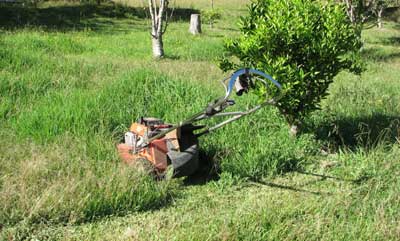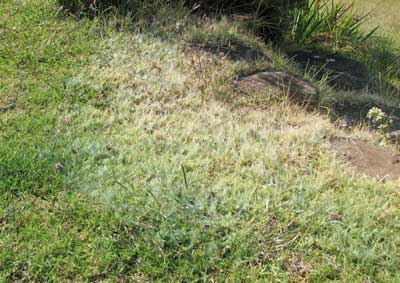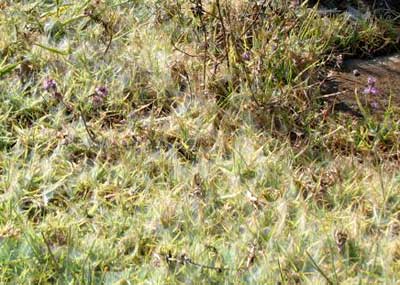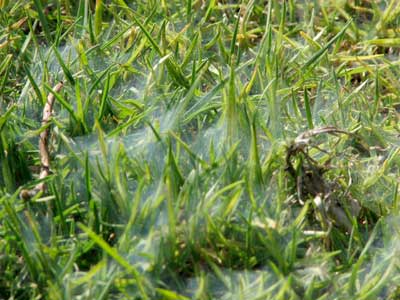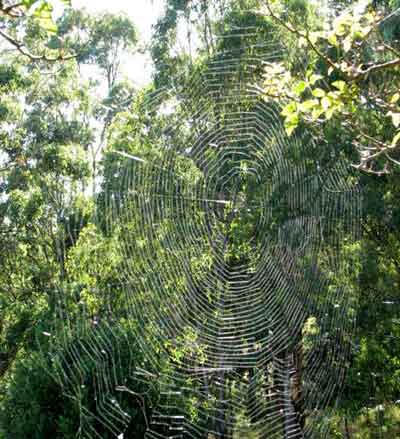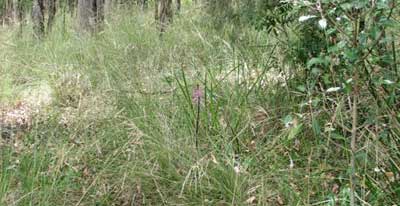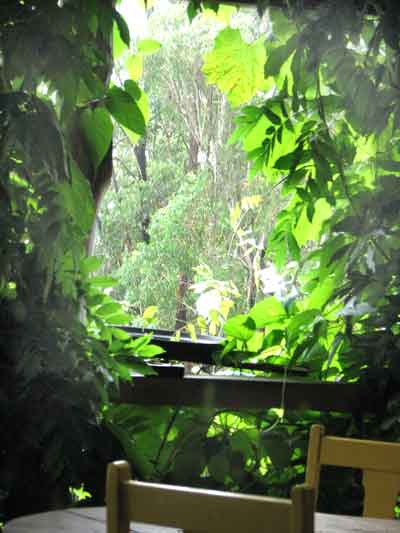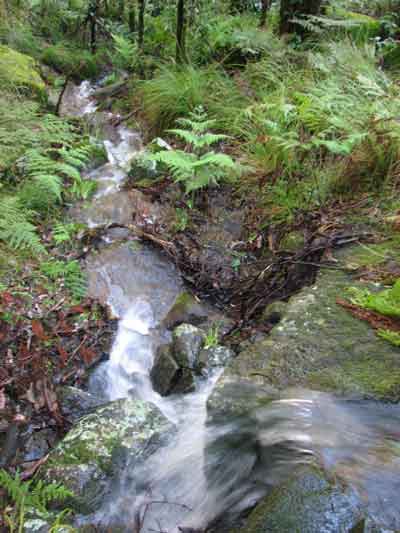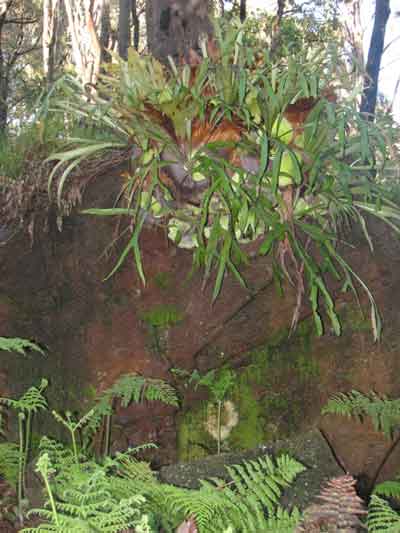After being cooped up in the cabin for too many days, wondering if my wood supply is enough to last out the wet spell, especially as the tin cover blew off the woodpile – I seize the chance to go for a walk in the forest as soon as a likely long fine break occurs.
I know I am bound to find something interesting or beautiful or both. My first stop is always where the dam overflow crosses the track and heads down the gully.
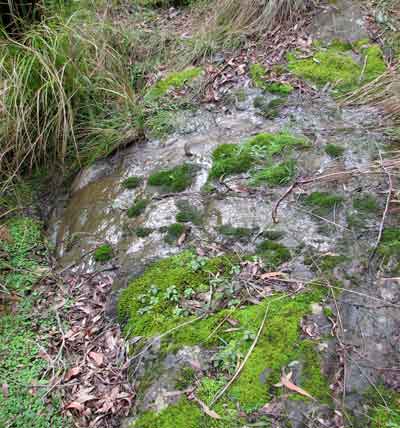
First treasure found: water sliding silver over rocks, moss glowing green and tiny plants as pretty as jewels.
Next I walk around the dam, squelching over the grass where the hidden spring higher up is running across the clearing. Few trees have seeded here, no doubt because the wallabies and kangaroos love this spot and graze here daily.
But at the base of the one large shade tree, I spot a bright splash of colour against the dark trunk, and head towards it.
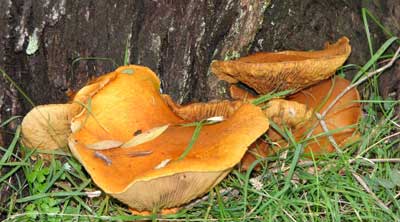
Second treasure: a clump of fat fungi crowded together, orange to amber on top, flesh to salmon to brown below, upcurved bowls for catching leaves.
Light rain starts to fall and I hurry home, grateful for the brief outdoor time. And for the fact that here on my mountain I am always assured of finding at least one treasure.
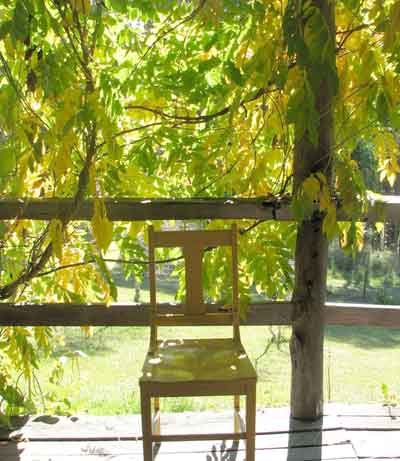
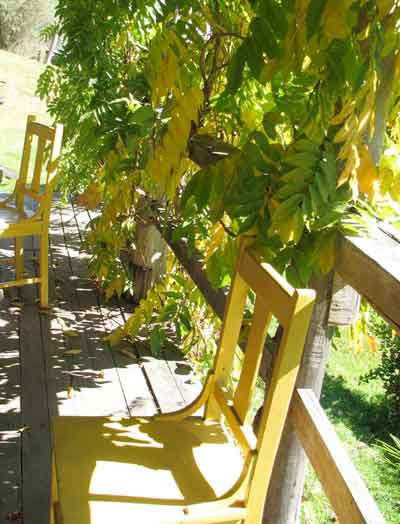

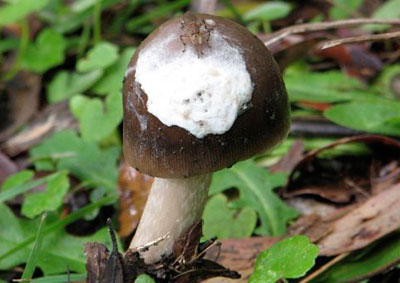
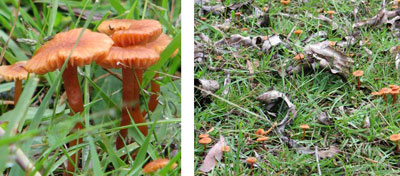
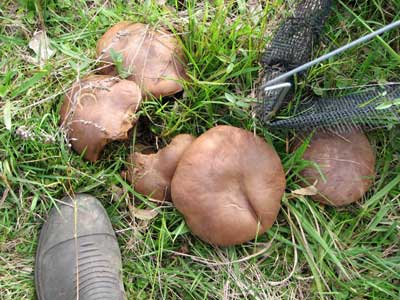
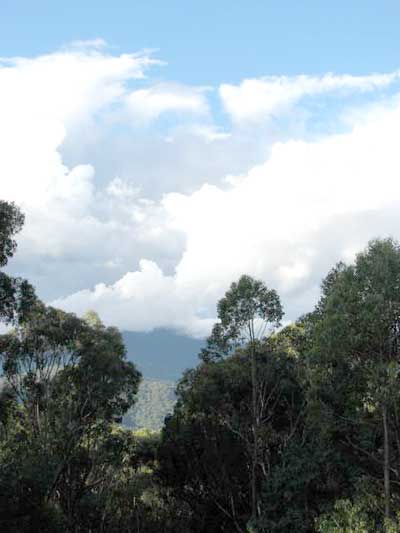
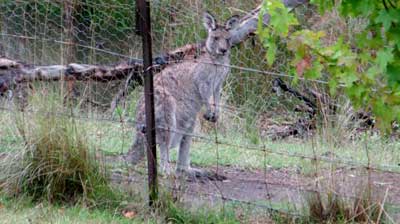

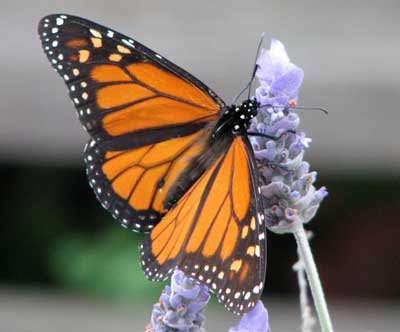

 Recent rains seemed endless as I remained cabinbound for the week, standing on the wet steps and peering out over the falling autumn leaves at the wet, wet world around me.
Recent rains seemed endless as I remained cabinbound for the week, standing on the wet steps and peering out over the falling autumn leaves at the wet, wet world around me. 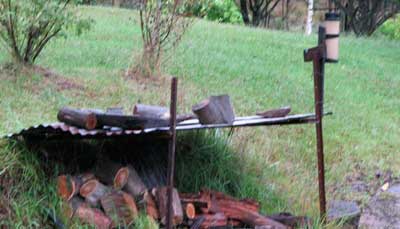
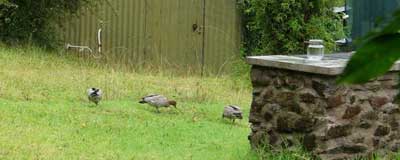
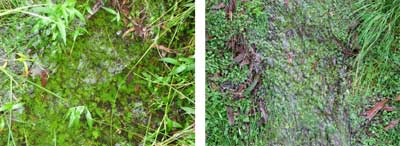
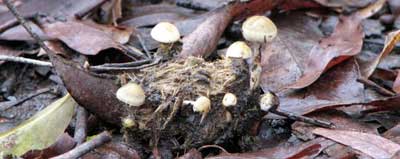
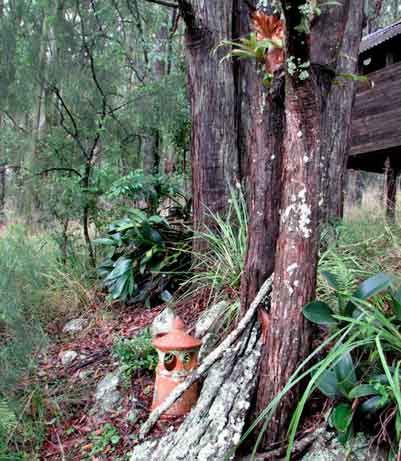
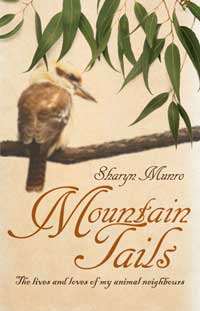 I have been told that my new book, Mountain Tails, has arrived! It is probably at my post office right now, for me to collect next week when the road dries out and the creek level drops!
I have been told that my new book, Mountain Tails, has arrived! It is probably at my post office right now, for me to collect next week when the road dries out and the creek level drops!